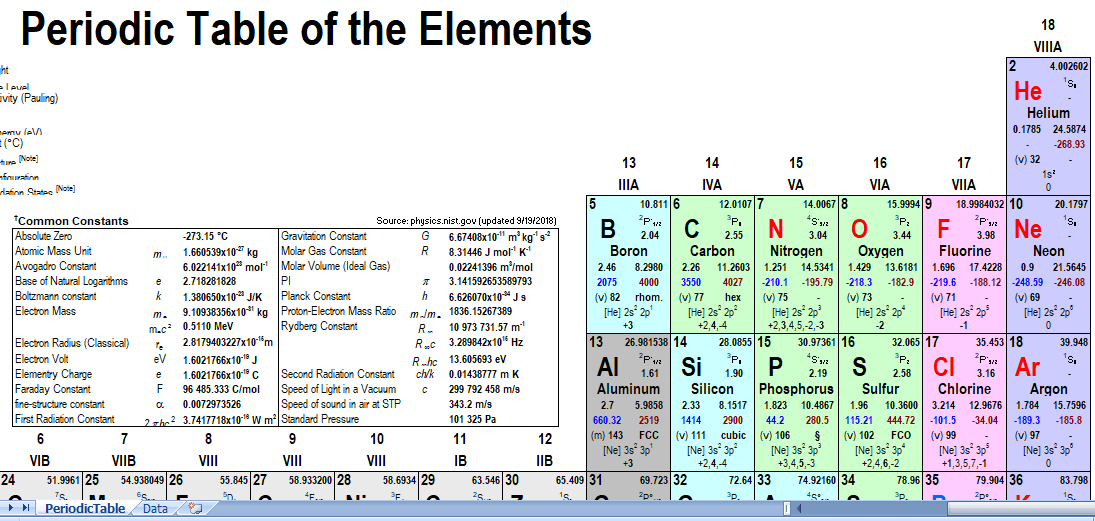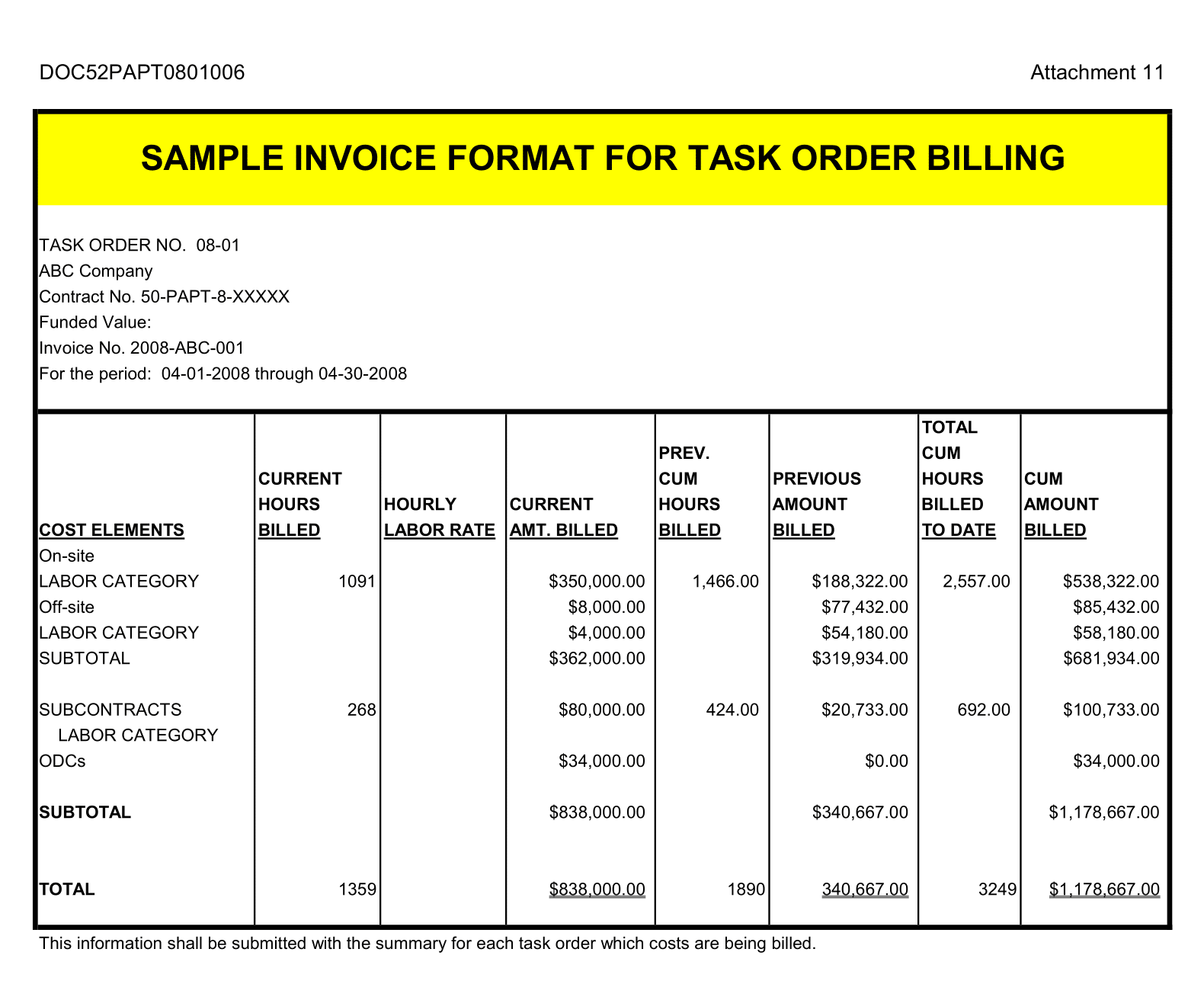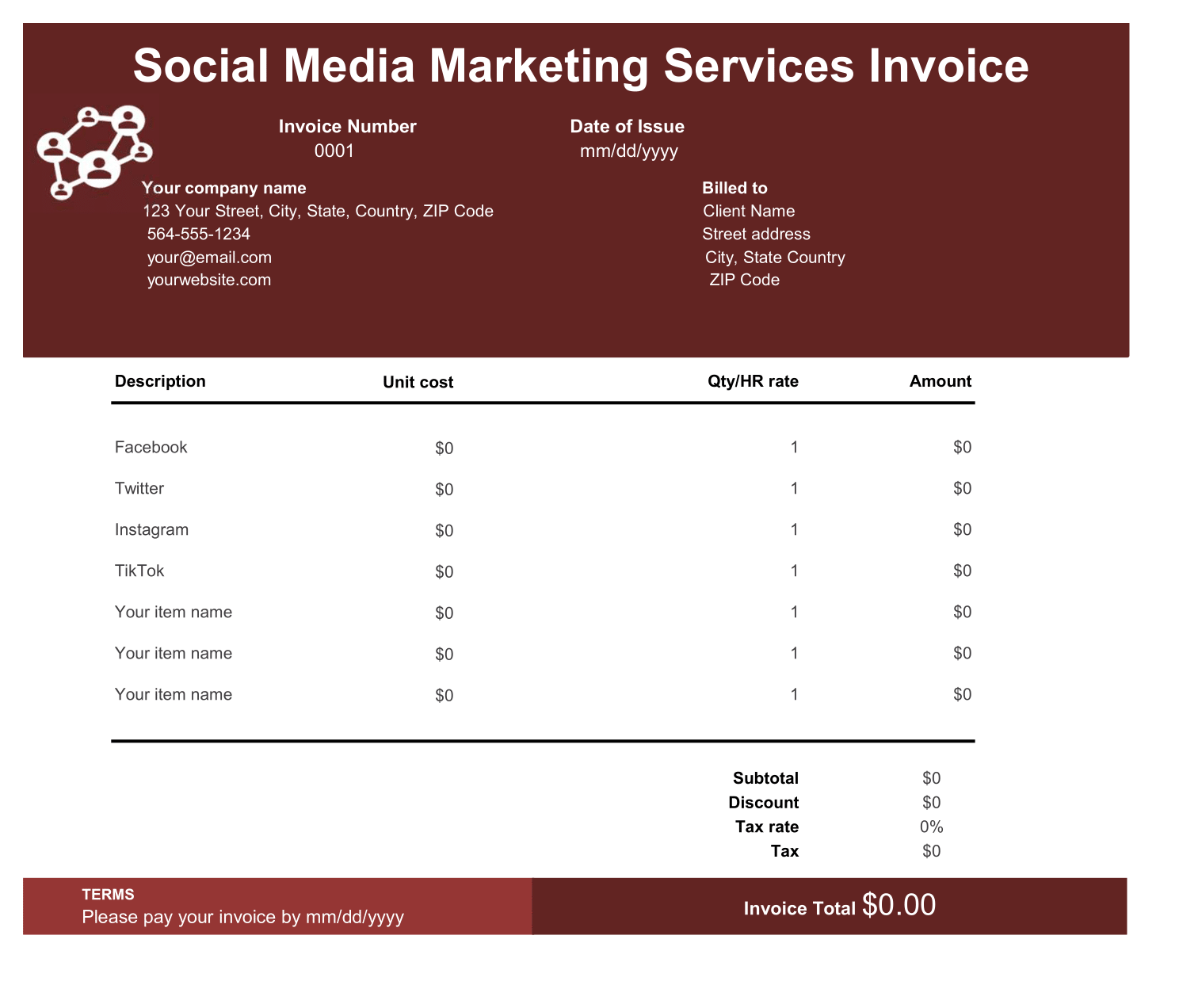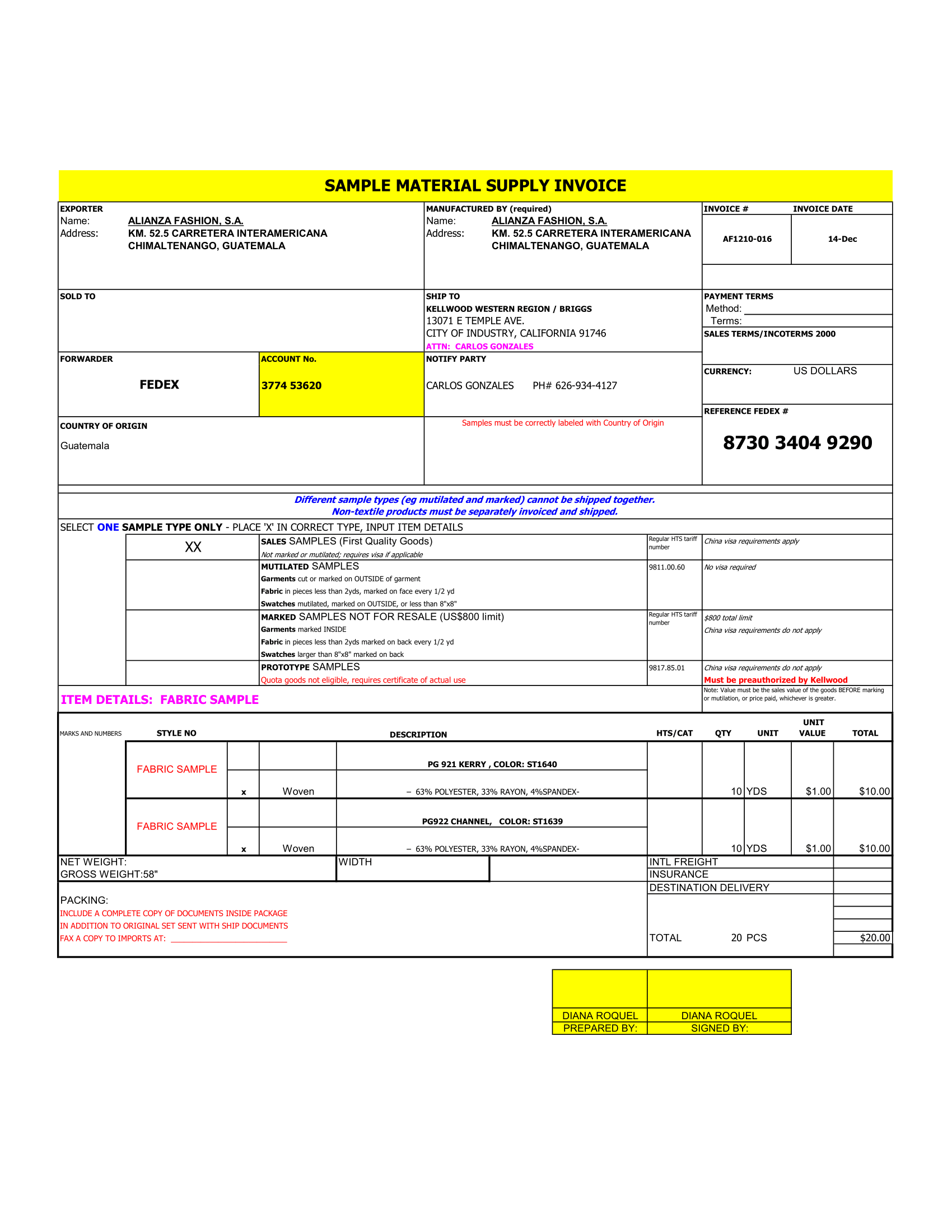A good periodic table is necessary part of every chemist’s, or future chemist’s, materials. After looking around a useful printable table, I found that most were pretty basic and include only a few properties. So, we create a periodic table using Excel that would include as man the important chemical and physical properties.
Modern Periodic Table
The resulting Periodic Table of Elements below includes Atomic Number, Atomic mass, Symbol, Name, Electronegativity, Density, Ionization energy, Boiling point, Melting point, Electron Configuration, Oxidation States, Ground State Level, and Atomic Radius. If you typically work with different set of properties, you can download the spreadsheet and add in your own numbers.
The Periodic Tables
Moreover, It’s perfect for including in a 3-ring binder. You will need to use a nice laser printer because the text is quite small. You may print and distribute as many paper copies of these periodic tables as you want. As long as they are printed as-is. Note that photocopies don’t turn out well.
Electronegativity Periodic Table
Thus, This spreadsheet is use to create the printable table above and also contains a worksheet listing the data for various chemical properties. If you’d like to create your own personal custom periodic table, you can download this Excel file and add your own sets of properties.
Data: However, The spreadsheet also includes a worksheet that lists the property data for the elements. You can use this data table for creating trend charts or use lookup functions to use the data within calculations. So, The brilliance of the table is that a chemist can determine characteristics of an element based on another in the same group or period.
This is also the periodic table of elements, is an organize arrangement of the 118 chemical elements. The chemical elements are arranged from left to right and top to bottom in order of increasing atomic number. The number of protons in an atom‘s nucleus, which generally coincides with increasing atomic mass.







